How and how to feed irises correctly?
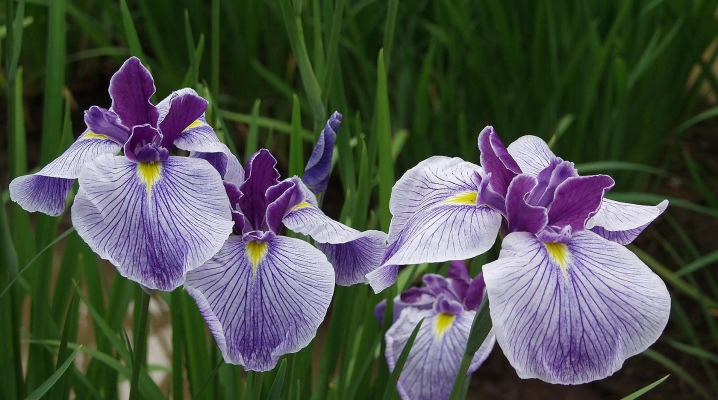
Irises can be called flowers that are found everywhere. However, this does not mean that they are absolutely not demanding on the composition of the soil. Moreover, any gardener knows that they need feeding for lush flowering. Let's try to figure out which fertilizers these plants are especially fond of and how to use them correctly.
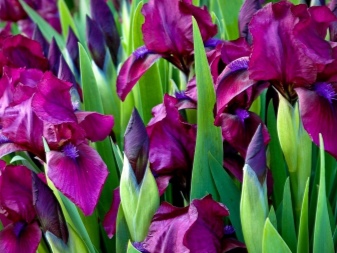
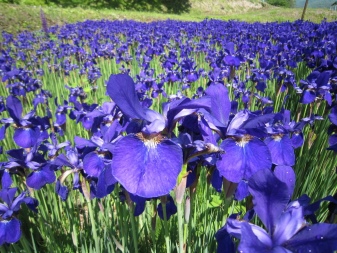
general information
Iris is a perennial crop. These flowers are also called "cockerels", as they have a very bright and catchy appearance.
Reproduction takes place either vegetatively or by dividing the bulbs.
Top dressing greatly affects the appearance of the plant. Its flowers become brighter and more magnificent. Therefore, it will be relevant for a florist to draw up a preliminary fertilization scheme.
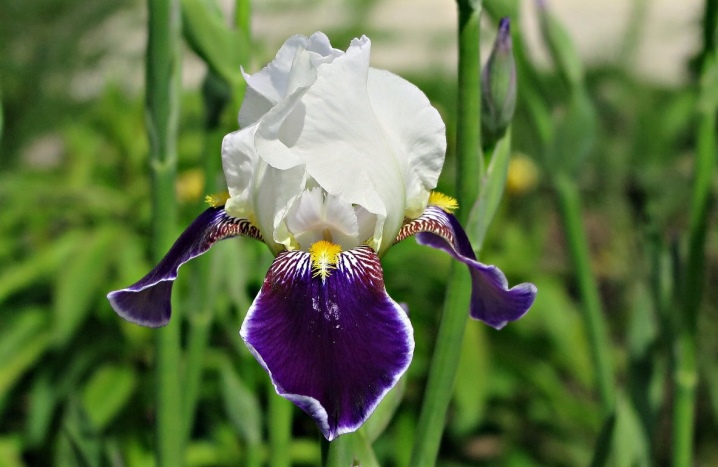
Soil requirements
Once the irises are permanently planted, they can grow there for up to 5 years. After that, the process of wilting begins. but inadequate nutrition can affect both growth and appearance... Therefore, the placement should be planned taking into account the necessary nuances.
The soil for irises should not be acidic. It is also better if it is loose.
The best options are sand, sandy loam, or loamy soils. However, even in other cases, irises will actively bloom and delight the gaze of the gardener, if they are fed on time and correctly. Of course, this procedure also has its own subtleties.
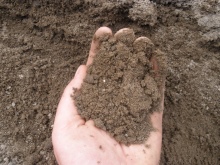

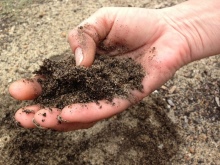
Fertilizers
Fertilizers for irises can be easily purchased at a specialty store. However, this is not necessary, because at the summer cottage you can find many useful elements that are perfect as a top dressing for these flowers... You can also cook them at home.

Wood ash
Ash is an organic nutrient containing phosphorus and potassium. It is very important for the flower's root system to develop normally. In addition, it contains many nutrients. The presence of wood ash can quickly improve the characteristics of the soil.
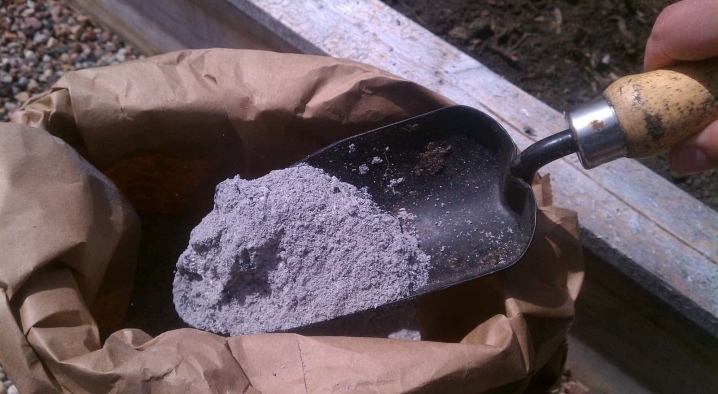
Compost
The main task of this top dressing is to improve the air permeability of the soil.
The compost is quite loose and represents a whole complex of useful elements, including humus.
Gardeners recommend using this fertilizer for irises, which is 2-3 years old.
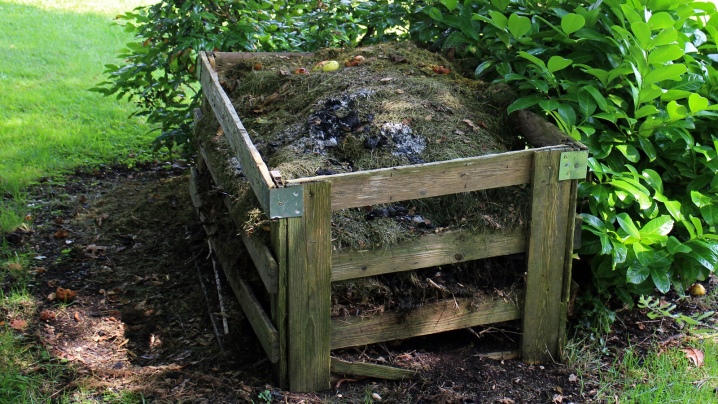
Humus
Humus is one of the most effective ways to nourish the soil with nutrients. Moreover, the effect in this case will last for 2-3 years. A composition that has refracted for at least one and a half years is best suited. It will surely have a positive effect.
Before making such a top dressing, it should be diluted with water. It is not required to infuse liquid.
During the procedure, it is necessary to ensure that the entire mixture is absorbed, otherwise the soil will become oversaturated.

Mineral fertilizers
This method is considered the easiest. Suitable as one-component, containing phosphorus or potassium, and complex dressings. As for the mineral composition, they are very good for the growth and abundant flowering of irises.
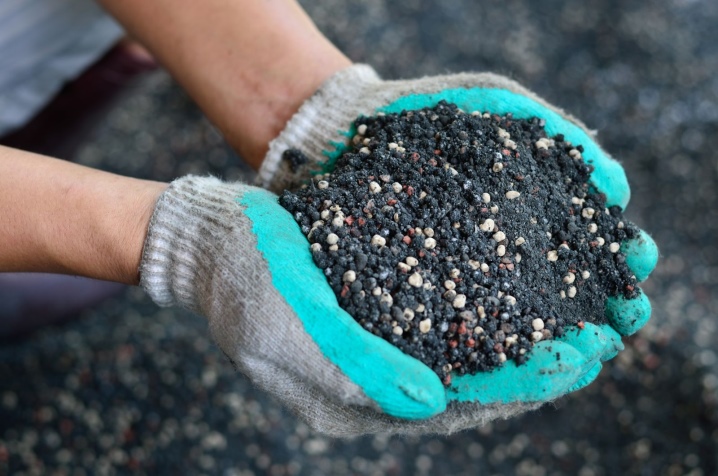
Terms of feeding
When planning a fertilization scheme, you need to know what type of fertilizing the plant needs at each stage of development. For example, at one time irises require organic matter, and at another time mineral complexes... Therefore, they are fertilized depending on a certain time of the year.

How to feed in early spring
This stage is very important in saturating the soil with nutrients. During this period, the vegetative part of the plant develops especially actively.
To promote the active growth of irises, the first fertilization should be scheduled for late April and early March, when the snow has just melted. It is necessary to use formulations containing nitrogen, potassium and phosphorus, and nitrogen should be slightly larger in volume, since it is it that affects the growth of greenery. She, in turn, helps the buds to form and bloom actively. However, in this case, the main thing is not to overdo it. Overfeeding of the culture threatens "fattening", as a result of which the flower may die in winter and significantly reduce the number of buds in summer.
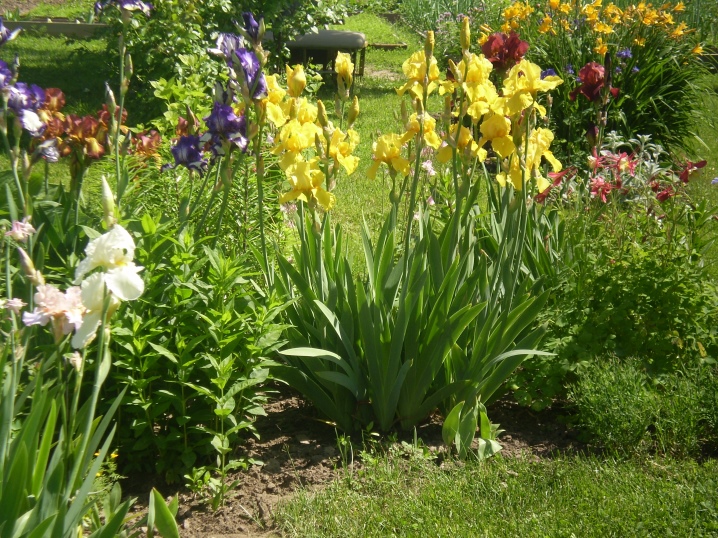
The normalization of growth is also affected by the content of nutrients in the soil. This issue can be solved with the help of mineral complexes.
When buds begin to set, add as little nitrogen as possible or stop using it altogether. Accordingly, the content of potassium and phosphorus increases. This usually happens in late spring. As a result of such manipulations, the buds will become larger and begin to develop more actively.
Gardeners recommend adding phosphorus to the soil only when it has time to warm up properly. Otherwise, it simply will not be absorbed and will settle on the surface, and this, in turn, threatens with phosphorus poisoning.
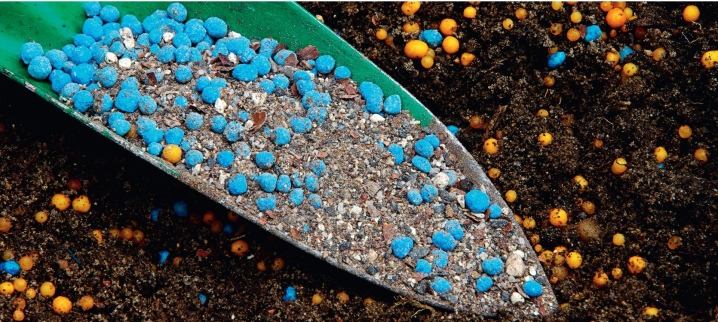
How to fertilize before flowering
Irises need to be fed before flowering. During the growing season, they experience 2 growth waves. Therefore, it is not surprising that feeding will also need to be applied twice. The main thing is to correctly calculate the time of the procedure, since the result directly depends on this.
The first wave occurs when buds form and the flowering period begins.
It usually falls at the very end of May and lasts the first two weeks of June. During budding, fertilizing should be carried out with nitrogen-potassium compounds. It will depend on her how strong and abundant the buds will be.

Top dressing during flowering
While the culture is actively blooming, it is not required to feed it. Irises will need moisture, so do not forget about regular watering. Loosening the soil is also very helpful. More serious care of flowers in a given period of time will not be required.
If the summer is dry and hot, watering the flowers is necessary in the morning and evening.
You can remove wilted leaves and buds, this will help maintain an attractive appearance of the flower bed. Also, we must not forget about protection from bacteria and pests. To do this, the soil must be periodically sprinkled with wood ash. 2 tablespoons will be enough for one flower.
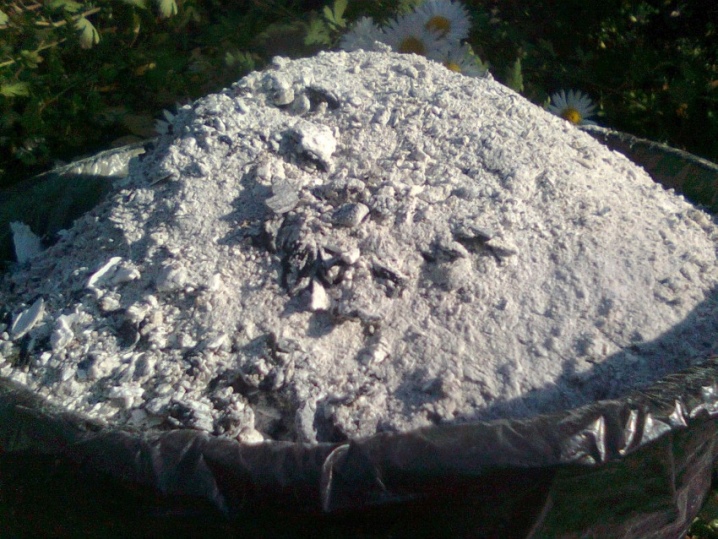
Features of feeding after flowering
Once the irises have faded, they still need additional nutrients to survive the winter well. Therefore, they should be fed in the autumn too. In addition, the process of growth, bud formation and active flowering greatly depletes the flower. The result can be seen next season.
Fertilizing the culture is required when the first frosts have not yet hit. This is best done when it is dry enough outside. The procedure is not tied to watering, but it is better to carry it out in the morning or evening. At the end, it is required to slightly loosen the soil - this way the useful elements will quickly get into the deeper layers of the earth.
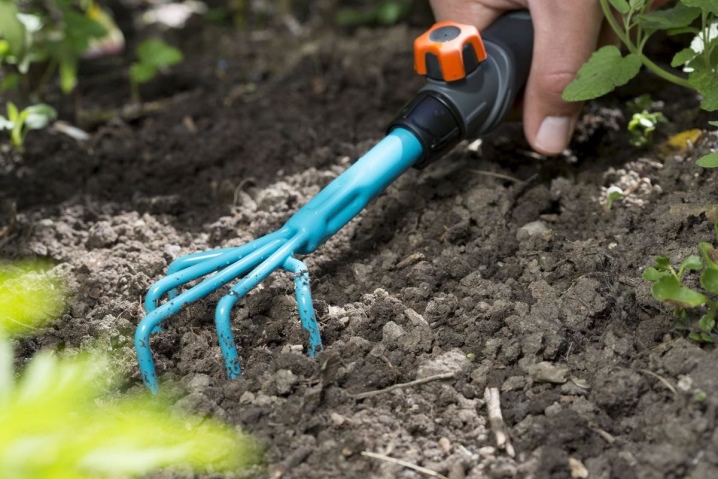
Final feeding is carried out 3-4 weeks after flowering has ended. The culture is dormant, after which buds are laid and new roots begin to grow.
As for fertilizers, they are applied at the very end of summer and early autumn. You should use phosphorus-potassium mixtures in proportions of 2: 3. Superphosphate with potassium salt will also be useful, they are mixed 2: 1. You will also need to add organic feeding. All components are introduced into the prepared soil, which is already moistened and loose.
Experts do not recommend using fresh manure as a top dressing for irises. From it, the roots can rot or get sick with fungal infections. It is better to use humus diluted in water in a proportion of 1 kilogram per 10 liters.
Also, it will be useful to protect against pests during this period. Bordeaux mixture or malathion solution will help. You need to spray flowers with these compounds.
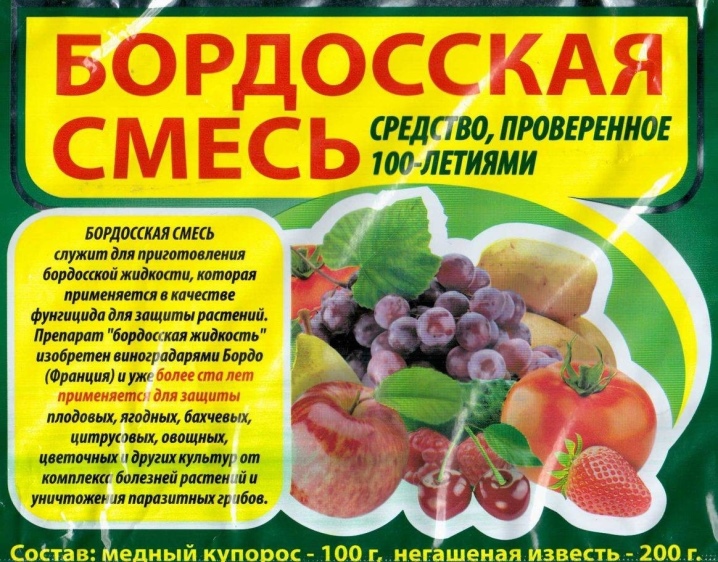
Rules for feeding
In order not to make mistakes, every gardener should familiarize himself with some rules for feeding. Only a properly performed procedure can guarantee a good result.
How exactly to apply fertilizer depends on what composition is used in each specific case. There are no universal recommendations. Nutritional mixes can be used both dry and liquid.
If dry dressings are laid, you should pay attention to the root system.
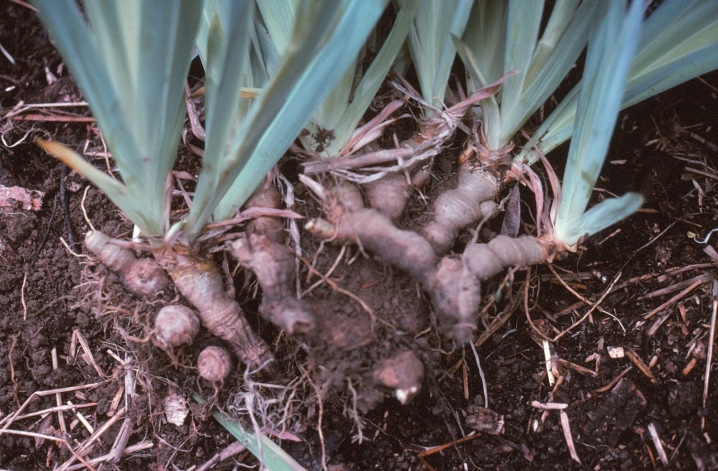
For example, in bearded varieties, it is very close to the surface, so there is a risk of touching it, and this will not benefit the plant and can lead to its death.
Dry formulations are usually filled with water, and the resulting solution is poured over the flower. Before the onset of winter, do not use top dressing containing ammonia. It leads to active growth of the plant, due to which it does not have time to "fall asleep" and may simply die with the onset of the cold season.
How to feed irises, see below.







































































































The comment was sent successfully.